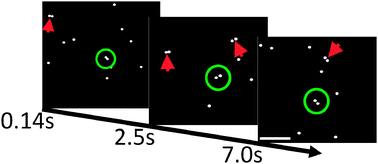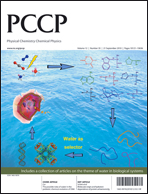The colloidal and macroionic interaction is discussed within the mean-field approach. Bound pairs of latex particles are photographed at a low particle volume fraction of 10−4. The effective pair-potential obtained therefrom has an attractive tail for highly charged samples, while no attraction is detected for a low-charge sample. This attraction also manifests itself in the reversible aggregation of polystyrene sulfonate or DNA double strands by multivalent counterions. It is furthermore found in intra-macroionic interaction, affecting the conformation of flexible macroions. The reason why the DLVO theory predicts only repulsion is discussed. The Fowler-Guggenheim-McQaurrie analysis of the Debye–Hückel theory indicates that electrostatic Helmholtz free energy Fel is generally not equal to Gibbs free energy Gel. The difference (Gel − Fel)/V (V: system volume) corresponds to the electrostatic osmotic pressure pel, which increases with increasing charge number. This consideration hints that (Gel − Fel) might not be negligible for highly charged macroions and colloidal particles. On the other hand, the DLVO approach is based on the assumption of Gel = Fel. Using a mean-field approach, Sogami showed that the pair-potential is purely repulsive at the level of Fel, in conformity with the DLVO theory, whereas it contains a short-range repulsion and a long-range attraction at the level of Gel. The prevailing view that the interparticle interaction is purely repulsive in the mean-field approach, is not necessarily correct: it originates from the assumption that Gel = Fel. The DLVO theory is correct for low charge samples while the like-likes-like attraction appears for highly charged ones.

You have access to this article
 Please wait while we load your content...
Something went wrong. Try again?
Please wait while we load your content...
Something went wrong. Try again?


 Please wait while we load your content...
Please wait while we load your content...